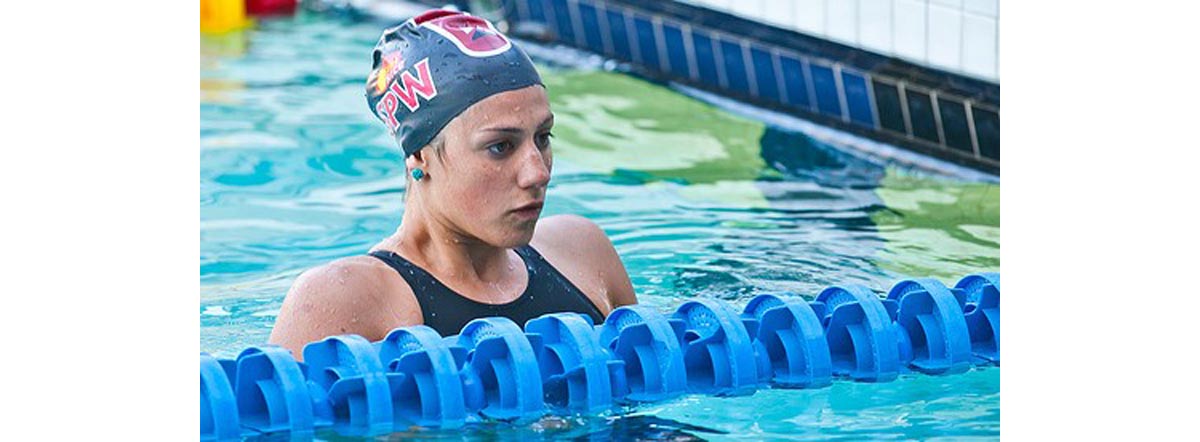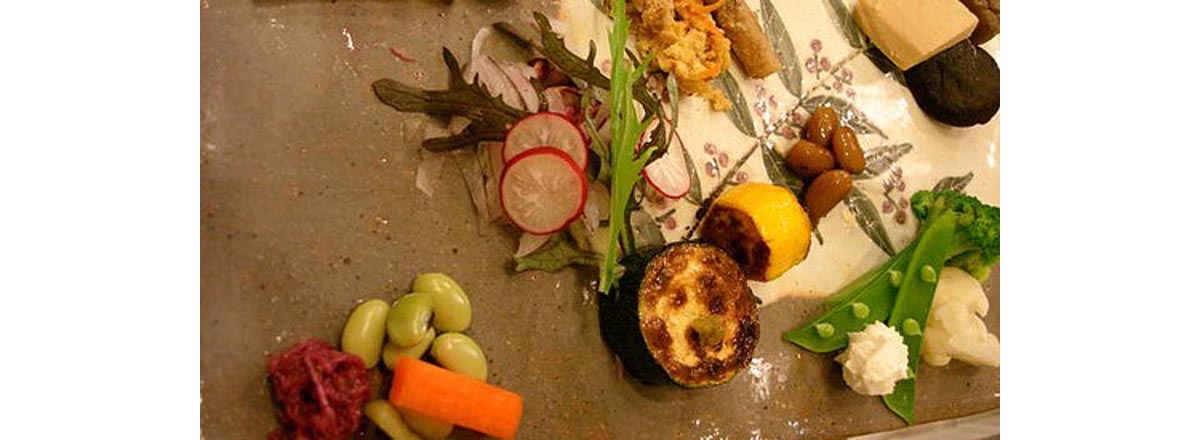Is it appropriate for athletes, amateur or professional, to follow a moderate diet consisting of little or no meat, and based on locally grown, natural foods? Very active people usually eat plenty of meat to get enough protein, but the macrobiotic diet, which has slowly gained momentum since its conception, has appealed to many athletes.

BMX racer Taj Mihelich, marathoner Ambrose Burfoot, track and field athlete Carl Lewis, and sprinter Leroy Russel Burrell are all successful athletes who proudly follow the macrobiotic diet. For these athletes, using this well balanced diet does not take away from world-class performances. They are able to train and compete at a maximum physical peak on diet which is considered balanced, and just the opposite of extreme.
The macrobiotic diet is more than just a diet, and it aims to bring together an overall balanced lifestyle to promote wellness and health. Putting the right foods into your body is a part of maintaining the health of your 4 bodies, according to macrobiotic experts. Keeping your physical, emotional, mental and spiritual selves in balance and well is the objective of this lifestyle.
For athletes who arguably practice a fairly extreme lifestyle of eating, physical training and mental training to achieve a singular goal (to be the best at their sport), the macrobiotic diet wouldn't be the first lifestyle choice to come to mind. So why is it that elite athletes (as mentioned above) and many others continue to turn to this lifestyle? Athletes have unique bodies, and require unique nutrition.
Diet for athletes
Athletes usually eat more calories in a 24 hour period because their physical demands require a much greater energy input. In addition, muscle, cell and bone growth, repair and maintenance all rely on various amino acids. Amino acids are the building blocks of our bodies tissue, and they make up proteins. Proteins are generally found in meat and meat products, including poultry, fish, eggs, dairy products and red meats. This is essential for athletes to help maintain optimally functioning muscles and energy system.
The unique dietary needs of athletes mean more of both carbohydrates for energy and proteins for recovery and maintenance. The macrobiotic diet is more of a flexible vegetarian diet, which focuses on foods to be consumed based on their yin and yang balance, and not based on macronutrients, or biological values.
Macrobiotic foods are categorized into Yin and Yang to signify two opposing types of foods. Both of which are essential and should only be eaten in moderation. Over-consumption of a good thing is problematic in the macrobiotic diet.
Athletes Following Macrobiotic Diet
Macrobiotic foods consist mostly of grains, beans, vegetables and fermented soy. The diet is supplemented with small amounts of fish, poultry, fruits nuts and seeds. One of the best things about the macrobiotic diet is that there are very few specific rules, and the discretion is left up to each person. What is natural and organic in one region of the world may be imported or grown in unnatural conditions in another.

In North America, there are many unique locally grown foods like apples, oranges, melons and corn which are different from local foods in Japan, where the diet originated. Find out what is grown in your local area and choose those foods. Going to a local farmers market is the best way to live the macrobiotic lifestyle. Supporting local small farms is a great way to promote mental and spiritual health as well!
Foods to avoid
Foods which are in the extreme category are usually toxic, over-processed, too sweet, too spicy, too salty, or any combination of these. Restaurant food is probably some of the worst foods, since restaurants usually find the cheapest food products and are not necessarily concerned with where and how the foods were cultivated.
Food quantity
One thing to consider is the amount of food is not restricted on the macrobiotic diet. One is expected to eat not until they are stuffed, but until they are satisfied. There is a difference between eating “just enough” and feeling full. As a result, with good judgement, a person on this diet needn't starve, and can eat whenever they feel hungry.
Cooking and food preparation
Soups are very popular on the macrobiotic diet. One to two soups per day, made with all natural ingredients is expected. Cooking is done in the more traditional ways, baking, steaming or boiling. Whole grains should make up about half of the diet. Brown rice is at the top of the list of whole grains. Vegetables should be the next largest portion in a typical day, making up 25 to 30% of the daily intake. The last 20% of your intake should be from beans, fruits, nuts, and seeds.
The reason why this diet works so well with athletes is because food intake is not restricted. Processed foods and stimulants like coffee and energy drinks are not permitted because they throw the system out of natural balance, and can take away from physical performance and mental focus.
Rather than getting protein from an abundance of meat products, small, effective portions of local, organic poultry or wild local fish are allowed, providing more than enough meat to the diet.
There are many athletes who do not eat meat and have no problem performing. If you're considering a more holistic lifestyle, the macrobiotic diet may be right for you.
- “Macrobiotic diet” By Kathleen Zelman, MPH, RD, LD. Accessed January 2013. retrieved from: http://www.webmd.com/diet/features/macrobiotic-diet
- Photo courtesy of jdlasica on Flickr: www.flickr.com/photos/jdlasica/6404093179
- Photo courtesy of selena on Flickr: www.flickr.com/photos/selena/3652926324


Your thoughts on this